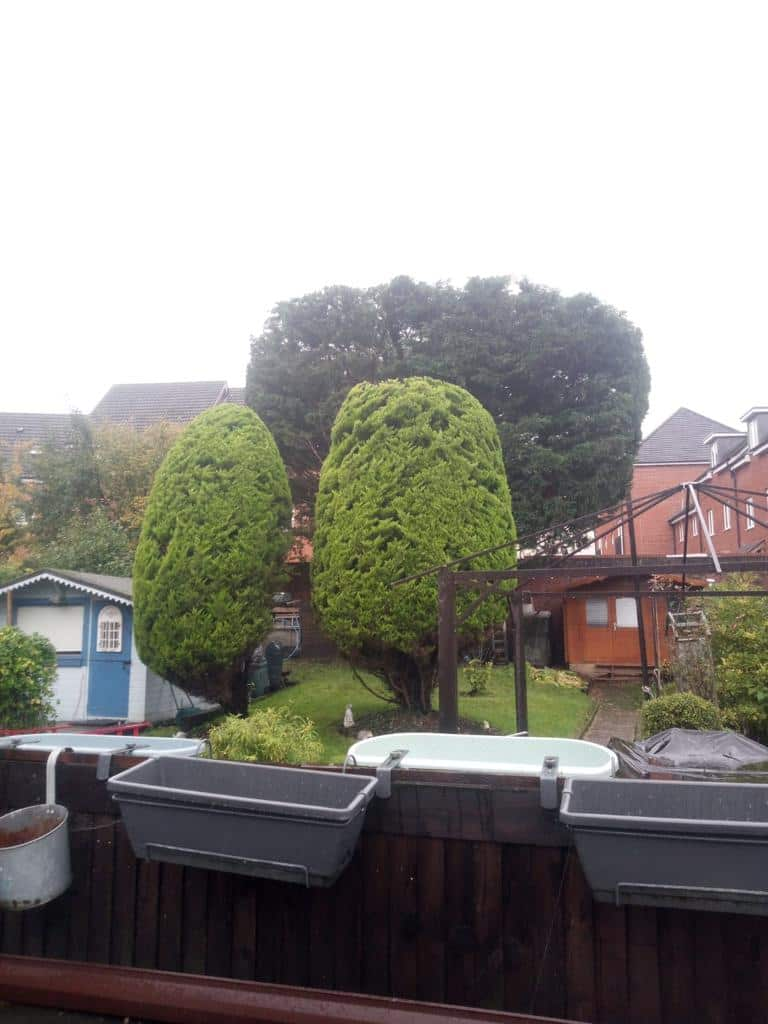Pruning is a key component of garden maintenance, helping to ensure the health, aesthetics, and productivity of your plants, trees, and shrubs. A well-structured pruning schedule is vital for keeping your garden looking its best and avoiding the potential for overgrown or poorly maintained plants. For homeowners in Weybridge, Surrey, understanding how to create an effective pruning schedule can make all the difference in keeping your garden thriving.
In this article, we will guide you through the process of creating a pruning schedule that fits the needs of your garden, helping you maintain a beautiful and healthy outdoor space.
1. Understand the Different Types of Pruning
Before creating a pruning schedule, it’s important to understand the different types of pruning your garden may require. Pruning can be categorised into the following types:
- Maintenance Pruning: This involves removing dead or damaged wood to improve the plant’s overall health and appearance. It should be done throughout the year as needed.
- Formative Pruning: This is typically done early in the plant’s life to establish the desired shape and structure. It’s most common for trees and shrubs.
- Rejuvenation Pruning: This involves cutting back older plants to encourage new growth, often applied to overgrown or neglected shrubs.
- Flowering Pruning: Some plants, particularly flowering shrubs and trees, require pruning after they have finished blooming to improve their next flowering cycle.
Each type of pruning has its own timeline and goals, so understanding these categories will help you tailor your schedule to your garden’s needs.
2. Consider the Growth Cycle of Your Plants
Different plants have different growth cycles and pruning needs. Understanding the specific growth patterns of your plants, trees, and shrubs will help you determine the best times for pruning. Here are some general guidelines for pruning at the right times:
- Deciduous Trees and Shrubs: These plants lose their leaves in winter and go into dormancy. This makes late winter or early spring the ideal time to prune, as it avoids interfering with their growing season. However, some deciduous trees that bloom in early spring may need pruning after they bloom.
- Evergreen Plants: These plants maintain their foliage year-round and generally require less frequent pruning. Prune them lightly in early spring or after they’ve finished flowering.
- Flowering Shrubs: The time to prune flowering shrubs depends on when they bloom. For plants that bloom in spring, prune them after flowering to avoid cutting off buds for the next season. For summer-flowering plants, prune them in early spring before new growth begins.
Researching the specific pruning needs of your plants will help you create a schedule that aligns with their growth cycle.
3. Create a Monthly Pruning Plan
Once you have a general understanding of your plants’ pruning needs, you can create a monthly plan for the year. A month-by-month pruning schedule helps ensure you’re addressing each plant’s needs at the right time without neglecting any part of your garden. Here’s an example of a basic pruning schedule:
- January to February: This is a great time to prune trees and shrubs while they are dormant. Focus on removing dead or damaged wood, particularly on fruit trees and roses.
- March to April: Early spring is ideal for pruning most deciduous trees, including apple and pear trees. You can also prune summer-flowering shrubs like buddleia during this time.
- May to June: Prune plants that have finished flowering, such as lilacs or magnolias. Lightly trim evergreen shrubs and hedges to maintain shape.
- July to August: During the summer, focus on removing any dead flowers or stems from flowering plants to encourage further blooms. Avoid heavy pruning during this time as it can stress plants in hot weather.
- September to October: This is a good time for cutting back shrubs and bushes that have finished their flowering season. Prepare plants for winter by removing any damaged or unhealthy growth.
- November to December: Winter pruning should focus on removing dead wood and shaping trees and shrubs before the next growth season. Avoid heavy pruning during this time, especially if frost is expected.
Having a monthly schedule helps you stay on top of your garden’s needs, ensuring each plant gets the attention it requires when it’s most beneficial for their growth.
4. Prune According to Plant Size and Growth Rate
In addition to the seasonal needs of your plants, consider their size and growth rate when planning your pruning schedule. Fast-growing plants will require more frequent trimming, whereas slower-growing plants may only need pruning once a year. This is especially important for trees and larger shrubs, which can quickly become overgrown if not regularly maintained.
Make sure to assess your plants’ size regularly and adjust your pruning schedule accordingly to avoid them becoming too large or unruly.
5. Use the Right Tools and Techniques
To maintain the health of your plants, always use the right tools for pruning. Sharp, clean pruning shears, loppers, and saws are essential for making clean cuts that won’t damage your plants. When pruning trees, make sure to follow the proper cutting techniques to avoid leaving stubs or causing unnecessary stress to the tree.
Professional tree surgeons can also help with pruning larger trees or difficult-to-reach areas, ensuring that your trees are pruned safely and effectively.
Conclusion
Creating a pruning schedule is essential for maintaining a beautiful, healthy garden. By understanding the needs of your plants and considering factors such as growth cycles, plant size, and pruning types, you can create a plan that ensures your garden flourishes year-round. A well-maintained garden not only enhances your home’s aesthetic value but also promotes the health and longevity of your plants.
For homeowners in Weybridge, Surrey, NS Tree Surgery Weybridge offers expert pruning and tree surgery services to help you maintain the beauty and health of your garden. If you need assistance with pruning or tree care, contact us today. Our team of professionals will ensure your garden thrives with a tailored approach to pruning and maintenance.
Call us on: 01372 679 098
Click here to find out more about NS Tree Surgery Weybridge
Click here to complete our contact form and see how we can help with your tree’s needs.

